There is a photograph that has pride of place in Pauric and Holly Stapleton’s hallway.
The couple, shining with pride, pausing for a snap on the prom in Tramore, as they push the pram with their son Hughie, just days old, wrapped up inside in his cosy fleece babygro.
“That’s the dream, I suppose,” smiles Holly. “Those are the things you visualise when you’re pregnant … you’re walking past your favourite coffee shop and pushing the buggy down the iconic prom in Tramore. We dreamt of doing that. And we did it.”
That first walk is something that all new parents look forward to. But for Holly and Pauric, there was no guarantee they would ever get that chance, after their precious baby boy was diagnosed with Edwards’ Syndrome – considered a fatal fetal condition in most cases – just weeks before his due date, after a textbook, trouble-free pregnancy.

Holly and Pauric Stapleton hope that their story will help other families in the future. \ Patrick Browne
Indeed, they didn’t know if he would survive birth to take his first breath; but Hughie gifted them with five extraordinary days of courage, strength and love that will last a lifetime.
Longed for baby
Holly and Pauric are both primary school teachers in Co Waterford. They met in 2009 as students and have been together since. And even before they married in 2017, they dreamed of starting their family.
“I’d say to Pauric, ‘What names now if you had a boy or if you had a girl?’” says Holly. “It was just one of those things we have always visualised.”
Having waited a year after their wedding to start trying, when six months passed without anything happening, the couple were proactive in seeking medical help. Eventually diagnosed with “unexplained infertility”, they tried IUI (intrauterine insemination) followed by two rounds of IVF (in vitro fertilisation), but by January 2021, left their clinic review “distraught” when those interventions failed.
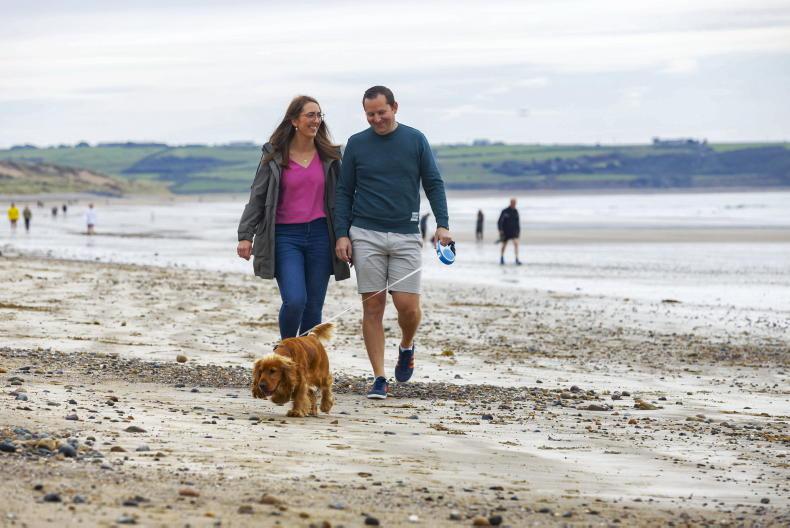
Holly and Pauric Stapleton, photographed on Tramore beach with their dog Reggie. \ Patrick Browne
Together, they agreed to step off the treatment treadmill to focus on diet, mindfulness and overall well-being. By May, they were pregnant.
“We both burst out crying,” smiles Holly, who “sailed” through the first two trimesters, though Pauric admits they never took one moment for granted.
“It had taken us that long to get there, that the journey had kind of shaped our reaction to it,” he explains.
With four scans before 12 weeks for reassurance, and no issues apparent at their 20-week anomaly scan, by 24 weeks, the couple had the quiet confidence to start buying a few newborn babygros and place a deposit on a pram.
Certainly, when Holly went to a routine 31-week scan – with Pauric waiting in the car due to COVID restrictions – she did not overly panic when the obstetrician informed her that the baby’s head was measuring a little ahead, with the tummy behind.
A growth scan the following week flagged a few more issues, however, and Holly was asked to bring Pauric along for a follow-up on 9 December.
“To us, we could see a baby on the screen and could hear a heartbeat,” says Pauric, but such reassurance was short-lived when their doctor told them that he could see troubling “markers” such as fluid on the brain and dextrocardia (where the heart is to the right), and that he wanted to do a NIPT test (non-invasive prenatal test).
This would screen for Down Syndrome, but also for two chromosomal conditions that Pauric and Holly had never heard of: Edwards’ Syndrome and Patau Syndrome.
“That was the day that our world came down,” continues Pauric, “it’s kind of like everything just explodes.”
Devastating news
It would take two weeks for the test results to come back. In the meantime, they were sent to Holles St for foetal assessment, where they held on to the hope that the markers were separate issues that could be solved by surgery after birth.
But on 23 December, they received the call to come back into hospital. Sadly, it was devastating news. The screening test had detected a high possibility that the baby had Edwards’ Syndrome; a condition that their doctor described as “incompatible with life”.
“We weren’t actually able to talk,” says Pauric of the shock of the news.
“You’re just numb and shocked and totally not expecting to hear something like that; particularly not this late on in the pregnancy,” continues Holly.
“We didn’t even know at that stage if it was a boy or a girl. We were trying to form thoughts of what does incompatible with life mean? How incompatible with life?”
An amniocentesis would confirm the suspected diagnosis; but stumbling out of hospital, it was hard to see any light.
“I’ve never felt anything like the feeling in my chest every morning when you wake up and that bang of reality, that this is actually real life,” says Holly, who shares how they “cried their way” through Christmas.
Fortunately, they had the unwavering support of their family and friends.
“We opened our broken hearts from the get-go,” says Holly. “The support we had from our parents was like, ‘Whatever is ahead, we’ll deal with it.’”
They also feel lucky that they agreed early on that whatever little time they had with their baby was precious. By the next appointment, they’d decided to find out whether they were having a boy or girl and to name them.
It was a boy. They called him Hugh; but he quickly became known as Hughie.
“You’re sending out that text message that you send out in the labour ward, five or six weeks sooner than normal,” explains Pauric. “It just came to us that, ‘This is Hughie’s time.’”
Hughie’s time
Holly and Pauric credit the “incredible” support they received at University Hospital Waterford from all staff, including their obstetrician, Eddie O’Donnell, and their clinical midwife specialist in bereavement, Jill Whelan. Sensitively, they were supported along a palliative care path, which included making their birth plan and stating their wishes whether Hughie was born alive or was stillborn eg whether they wanted him christened, if they wished to do skin-to-skin.
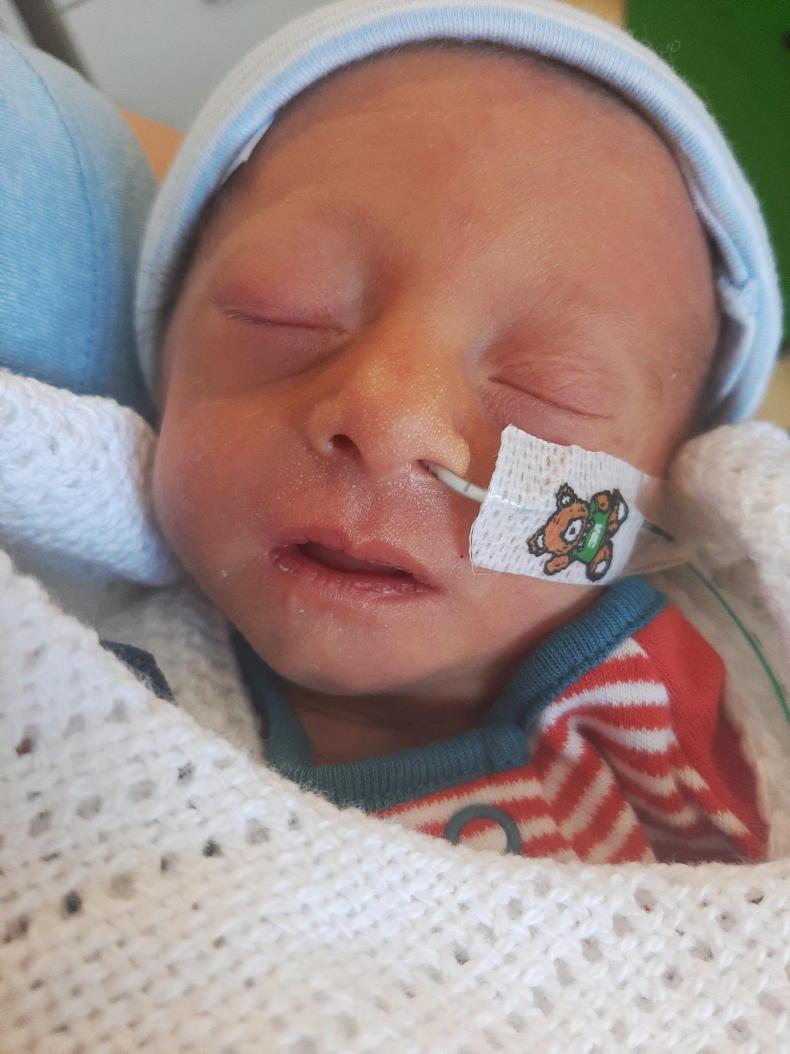
Baby Hughie Stapleton was born on 25 January 2022 and lived for five precious days.
In the meantime, they had to negotiate the heartbreaking reality that they were not only preparing for the birth of their much-loved baby, but also for his death. A story that perfectly illustrates this was when they decided to stop in Liffey Valley shopping centre in Dublin to buy some “tiny baby” clothes.
“I remember you just walking out of the shop,” Pauric says, turning to Holly.
“I couldn’t even go up to the counter,” she agrees. “People dream of their first babygro; and yet this was one that he would probably be buried in.”
As difficult as this time was, both Holly and Pauric feel that accepting the diagnosis meant they did not get consumed by anger. Instead, they drew their strength from Hughie, and tried to create memories to treasure in time.
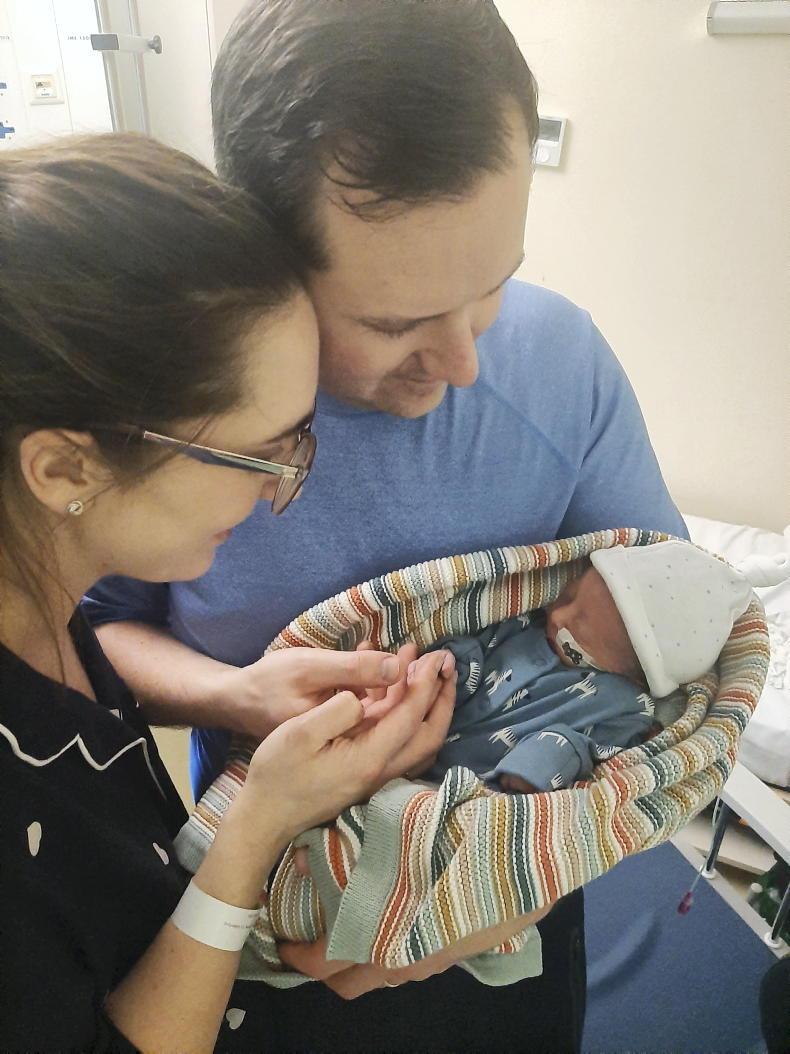
Holly and Pauric Stapleton with baby Hughie.
“It was like, ‘Hughie will now dictate, no one else will tell us, not even ourselves, what to do,’” says Pauric, explaining how they would take day trips to quiet places where they could walk, talk and spend time with their “miracle baby”.
“And we had some gorgeous days,” smiles Holly. “We just had to make the most of it. And you could see how somebody could sit in under it and really not be able to do that; but we just felt it was Hughie’s lifetime.”
Five precious days
Against all odds, Hughie made it to his due date of 25 January 2022, entering the world legs first at 6.27pm.
“Dangly little tiny legs; all 4lbs 5oz of him,” says Holly proudly; though it was “touch and go” initially as he was placed on her chest.
“They said, ‘You don’t have much time and the heartbeat is very, very faint,’” she continues, but after 40 minutes, the obstetrician observed that Hughie had rallied.
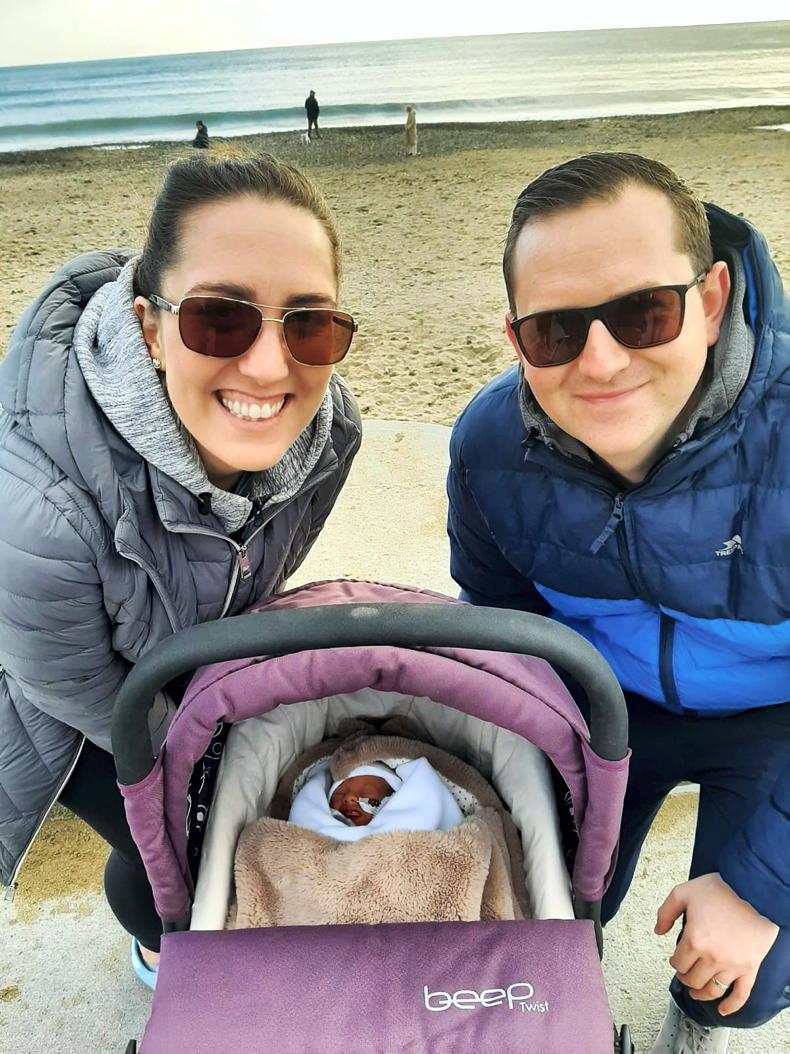
Holly, Pauric and baby Hughie Stapleton at Tramore
“He said, ‘Guys, you have a fighter here. You have time.’ And in that moment, it felt like we won the Lotto.”
The next five days were “pure bliss”. Having trained up on how to tube-feed Hughie, the couple brought their baby home the next day, cocooned by their families.
“He literally went from arm to arm. We wouldn’t leave him down for two seconds,” says Holly, as they recall his adorable features.
“Chunky cheeks!” she smiles.
“His dark spikey hair,” adds Pauric.
As each incredible hour passed, however, the couple could see that Hughie was fading. The basics of feeding and changing were “really stressful for him” and he appeared to grow smaller every day. Sadly, on 30 January, Hughie took a turn and after 12 hours, passed in his parents’ arms.
“We just held him. We didn’t leave the bed,” says Holly, heartbreakingly.
The following day, after a private service at home where Holly and Pauric read a letter they had written to Hughie, their little boy was laid to rest with Holly’s grandfather. And then, they turned for home; new parents, but without their newborn.
There is a lot to say about this period; but one thing that Pauric and Holly found helpful was journalling. After Hughie’s diagnosis, they were given a baby loss journal called The Other Side Of The Door. They used it to set simple goals – like doing the shopping for the first time – as well as making a list of what they called “mindings” to care for themselves.
“Things that we could do that would mind us when he wasn’t here, like go to our favourite restaurant for our favourite meal,” says Holly.
They also connected with other bereaved parents of children with Edwards’ Syndrome, and found comfort in putting a photo album of Hughie together and sharing his story. During the summer, a friend completed a marathon swim, raising €6,500 for infant loss charity, Féileacáin, in Hughie’s honour.
“I’ve had some really special moments and conversations with people,” says Holly. “We were always really open, but I think Hughie has taught other people things and he has opened our hearts even more.”
They hope that by sharing their son’s story that they might be able to help another family who receives such a diagnosis in the future.
Because ultimately, Hughie has taught them to treasure each and every moment; and given them hope that has sustained them through their darkest days.
“He showed us, ‘Mom and dad, you can do this,’” concludes Holly. “He was definitely sent to us, we were meant to have him. As hard as it is not to have him. Those five days were the best, best days of our life.”
What is Edwards’ Syndrome?
Edwards’ Syndrome/Trisomy 18 is a rare but serious condition that occurs when a baby has three copies of chromosome number 18, instead of two. This usually happens by chance, due to a change in the egg or the sperm before the baby was conceived. The extra chromosome affects the baby’s growth and development and most babies with Edwards’ Syndrome die before or shortly after being born. Source: NHS. SOFT Ireland supports families of children with Edwards’ Syndrome and Patau Syndrome. See www.softireland.com
Baby Loss Awareness Week runs from 9-15 October. One of the main events will be the Wave of Light on 15 October, organised in Ireland by Féileacáin (the Stillbirth and Neonatal Death Association of Ireland).
Co-ordinator Nina Doyle – who lost her precious twins, Liam and Grace, in 2018 – tells Irish Country Living that over 100 buildings across Ireland will light up in blue and pink from 7pm to 8pm, but that families are invited to light their own candles at home and share on social media with the hashtag #feileacainwaveoflight.
“For me, it’s quite symbolic of the way we’re talking about baby loss, out of the darkness and into the light,” says Nina. “We’re proud to say we’re parents: we’re proud of our babies.”
There is a photograph that has pride of place in Pauric and Holly Stapleton’s hallway.
The couple, shining with pride, pausing for a snap on the prom in Tramore, as they push the pram with their son Hughie, just days old, wrapped up inside in his cosy fleece babygro.
“That’s the dream, I suppose,” smiles Holly. “Those are the things you visualise when you’re pregnant … you’re walking past your favourite coffee shop and pushing the buggy down the iconic prom in Tramore. We dreamt of doing that. And we did it.”
That first walk is something that all new parents look forward to. But for Holly and Pauric, there was no guarantee they would ever get that chance, after their precious baby boy was diagnosed with Edwards’ Syndrome – considered a fatal fetal condition in most cases – just weeks before his due date, after a textbook, trouble-free pregnancy.

Holly and Pauric Stapleton hope that their story will help other families in the future. \ Patrick Browne
Indeed, they didn’t know if he would survive birth to take his first breath; but Hughie gifted them with five extraordinary days of courage, strength and love that will last a lifetime.
Longed for baby
Holly and Pauric are both primary school teachers in Co Waterford. They met in 2009 as students and have been together since. And even before they married in 2017, they dreamed of starting their family.
“I’d say to Pauric, ‘What names now if you had a boy or if you had a girl?’” says Holly. “It was just one of those things we have always visualised.”
Having waited a year after their wedding to start trying, when six months passed without anything happening, the couple were proactive in seeking medical help. Eventually diagnosed with “unexplained infertility”, they tried IUI (intrauterine insemination) followed by two rounds of IVF (in vitro fertilisation), but by January 2021, left their clinic review “distraught” when those interventions failed.

Holly and Pauric Stapleton, photographed on Tramore beach with their dog Reggie. \ Patrick Browne
Together, they agreed to step off the treatment treadmill to focus on diet, mindfulness and overall well-being. By May, they were pregnant.
“We both burst out crying,” smiles Holly, who “sailed” through the first two trimesters, though Pauric admits they never took one moment for granted.
“It had taken us that long to get there, that the journey had kind of shaped our reaction to it,” he explains.
With four scans before 12 weeks for reassurance, and no issues apparent at their 20-week anomaly scan, by 24 weeks, the couple had the quiet confidence to start buying a few newborn babygros and place a deposit on a pram.
Certainly, when Holly went to a routine 31-week scan – with Pauric waiting in the car due to COVID restrictions – she did not overly panic when the obstetrician informed her that the baby’s head was measuring a little ahead, with the tummy behind.
A growth scan the following week flagged a few more issues, however, and Holly was asked to bring Pauric along for a follow-up on 9 December.
“To us, we could see a baby on the screen and could hear a heartbeat,” says Pauric, but such reassurance was short-lived when their doctor told them that he could see troubling “markers” such as fluid on the brain and dextrocardia (where the heart is to the right), and that he wanted to do a NIPT test (non-invasive prenatal test).
This would screen for Down Syndrome, but also for two chromosomal conditions that Pauric and Holly had never heard of: Edwards’ Syndrome and Patau Syndrome.
“That was the day that our world came down,” continues Pauric, “it’s kind of like everything just explodes.”
Devastating news
It would take two weeks for the test results to come back. In the meantime, they were sent to Holles St for foetal assessment, where they held on to the hope that the markers were separate issues that could be solved by surgery after birth.
But on 23 December, they received the call to come back into hospital. Sadly, it was devastating news. The screening test had detected a high possibility that the baby had Edwards’ Syndrome; a condition that their doctor described as “incompatible with life”.
“We weren’t actually able to talk,” says Pauric of the shock of the news.
“You’re just numb and shocked and totally not expecting to hear something like that; particularly not this late on in the pregnancy,” continues Holly.
“We didn’t even know at that stage if it was a boy or a girl. We were trying to form thoughts of what does incompatible with life mean? How incompatible with life?”
An amniocentesis would confirm the suspected diagnosis; but stumbling out of hospital, it was hard to see any light.
“I’ve never felt anything like the feeling in my chest every morning when you wake up and that bang of reality, that this is actually real life,” says Holly, who shares how they “cried their way” through Christmas.
Fortunately, they had the unwavering support of their family and friends.
“We opened our broken hearts from the get-go,” says Holly. “The support we had from our parents was like, ‘Whatever is ahead, we’ll deal with it.’”
They also feel lucky that they agreed early on that whatever little time they had with their baby was precious. By the next appointment, they’d decided to find out whether they were having a boy or girl and to name them.
It was a boy. They called him Hugh; but he quickly became known as Hughie.
“You’re sending out that text message that you send out in the labour ward, five or six weeks sooner than normal,” explains Pauric. “It just came to us that, ‘This is Hughie’s time.’”
Hughie’s time
Holly and Pauric credit the “incredible” support they received at University Hospital Waterford from all staff, including their obstetrician, Eddie O’Donnell, and their clinical midwife specialist in bereavement, Jill Whelan. Sensitively, they were supported along a palliative care path, which included making their birth plan and stating their wishes whether Hughie was born alive or was stillborn eg whether they wanted him christened, if they wished to do skin-to-skin.

Baby Hughie Stapleton was born on 25 January 2022 and lived for five precious days.
In the meantime, they had to negotiate the heartbreaking reality that they were not only preparing for the birth of their much-loved baby, but also for his death. A story that perfectly illustrates this was when they decided to stop in Liffey Valley shopping centre in Dublin to buy some “tiny baby” clothes.
“I remember you just walking out of the shop,” Pauric says, turning to Holly.
“I couldn’t even go up to the counter,” she agrees. “People dream of their first babygro; and yet this was one that he would probably be buried in.”
As difficult as this time was, both Holly and Pauric feel that accepting the diagnosis meant they did not get consumed by anger. Instead, they drew their strength from Hughie, and tried to create memories to treasure in time.

Holly and Pauric Stapleton with baby Hughie.
“It was like, ‘Hughie will now dictate, no one else will tell us, not even ourselves, what to do,’” says Pauric, explaining how they would take day trips to quiet places where they could walk, talk and spend time with their “miracle baby”.
“And we had some gorgeous days,” smiles Holly. “We just had to make the most of it. And you could see how somebody could sit in under it and really not be able to do that; but we just felt it was Hughie’s lifetime.”
Five precious days
Against all odds, Hughie made it to his due date of 25 January 2022, entering the world legs first at 6.27pm.
“Dangly little tiny legs; all 4lbs 5oz of him,” says Holly proudly; though it was “touch and go” initially as he was placed on her chest.
“They said, ‘You don’t have much time and the heartbeat is very, very faint,’” she continues, but after 40 minutes, the obstetrician observed that Hughie had rallied.

Holly, Pauric and baby Hughie Stapleton at Tramore
“He said, ‘Guys, you have a fighter here. You have time.’ And in that moment, it felt like we won the Lotto.”
The next five days were “pure bliss”. Having trained up on how to tube-feed Hughie, the couple brought their baby home the next day, cocooned by their families.
“He literally went from arm to arm. We wouldn’t leave him down for two seconds,” says Holly, as they recall his adorable features.
“Chunky cheeks!” she smiles.
“His dark spikey hair,” adds Pauric.
As each incredible hour passed, however, the couple could see that Hughie was fading. The basics of feeding and changing were “really stressful for him” and he appeared to grow smaller every day. Sadly, on 30 January, Hughie took a turn and after 12 hours, passed in his parents’ arms.
“We just held him. We didn’t leave the bed,” says Holly, heartbreakingly.
The following day, after a private service at home where Holly and Pauric read a letter they had written to Hughie, their little boy was laid to rest with Holly’s grandfather. And then, they turned for home; new parents, but without their newborn.
There is a lot to say about this period; but one thing that Pauric and Holly found helpful was journalling. After Hughie’s diagnosis, they were given a baby loss journal called The Other Side Of The Door. They used it to set simple goals – like doing the shopping for the first time – as well as making a list of what they called “mindings” to care for themselves.
“Things that we could do that would mind us when he wasn’t here, like go to our favourite restaurant for our favourite meal,” says Holly.
They also connected with other bereaved parents of children with Edwards’ Syndrome, and found comfort in putting a photo album of Hughie together and sharing his story. During the summer, a friend completed a marathon swim, raising €6,500 for infant loss charity, Féileacáin, in Hughie’s honour.
“I’ve had some really special moments and conversations with people,” says Holly. “We were always really open, but I think Hughie has taught other people things and he has opened our hearts even more.”
They hope that by sharing their son’s story that they might be able to help another family who receives such a diagnosis in the future.
Because ultimately, Hughie has taught them to treasure each and every moment; and given them hope that has sustained them through their darkest days.
“He showed us, ‘Mom and dad, you can do this,’” concludes Holly. “He was definitely sent to us, we were meant to have him. As hard as it is not to have him. Those five days were the best, best days of our life.”
What is Edwards’ Syndrome?
Edwards’ Syndrome/Trisomy 18 is a rare but serious condition that occurs when a baby has three copies of chromosome number 18, instead of two. This usually happens by chance, due to a change in the egg or the sperm before the baby was conceived. The extra chromosome affects the baby’s growth and development and most babies with Edwards’ Syndrome die before or shortly after being born. Source: NHS. SOFT Ireland supports families of children with Edwards’ Syndrome and Patau Syndrome. See www.softireland.com
Baby Loss Awareness Week runs from 9-15 October. One of the main events will be the Wave of Light on 15 October, organised in Ireland by Féileacáin (the Stillbirth and Neonatal Death Association of Ireland).
Co-ordinator Nina Doyle – who lost her precious twins, Liam and Grace, in 2018 – tells Irish Country Living that over 100 buildings across Ireland will light up in blue and pink from 7pm to 8pm, but that families are invited to light their own candles at home and share on social media with the hashtag #feileacainwaveoflight.
“For me, it’s quite symbolic of the way we’re talking about baby loss, out of the darkness and into the light,” says Nina. “We’re proud to say we’re parents: we’re proud of our babies.”










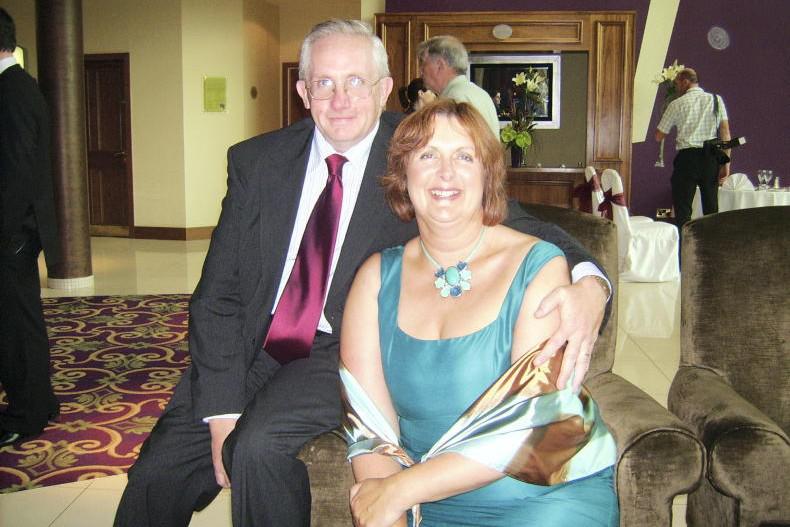

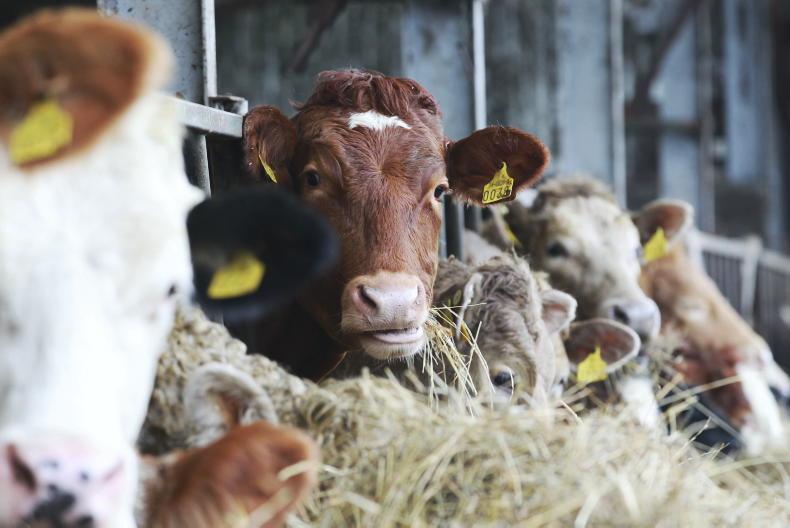
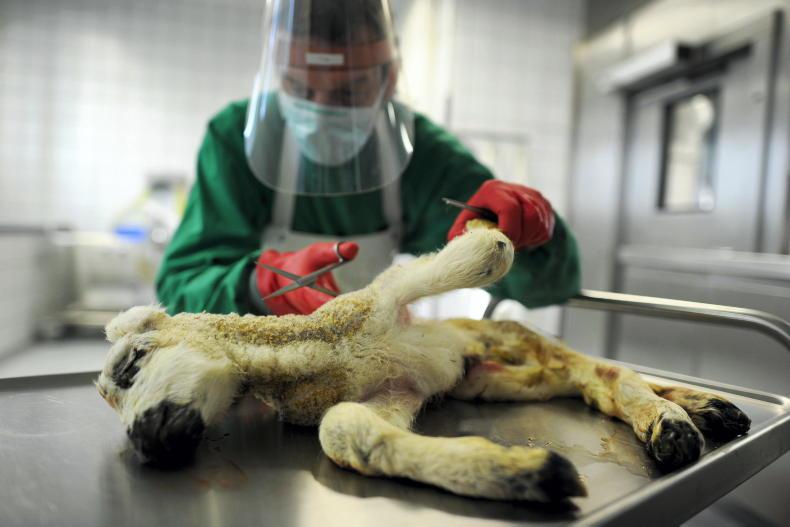
SHARING OPTIONS